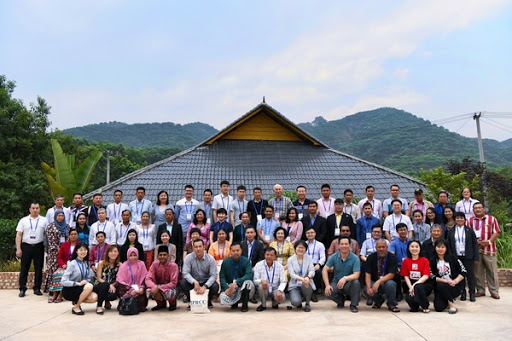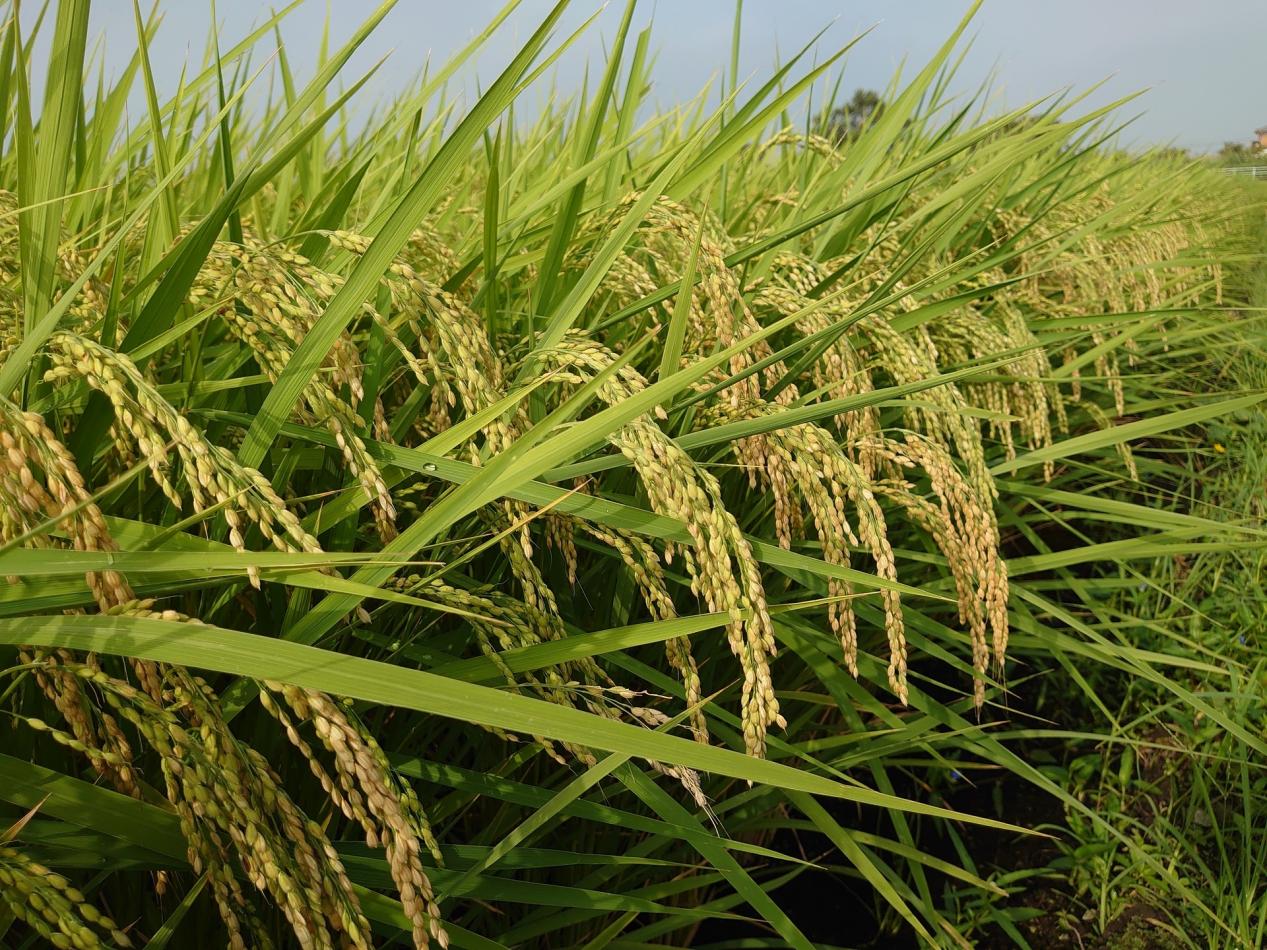

Written by Guan Qiuyun / Translated by Chen Zhiying
From the isolated suburb of Mindanao in the Philippines to the deserted island of Komodo in Indonesia, from the poor and backward villages in Cambodia to the mountainous area of Chiang Rai with less than 8% education rate in Thailand, poverty used to be the label of these beautiful but economically backward regions. When ASEAN countries want to seek paths for poverty alleviation and development, China, which is adjacent to them and in a similar development stage, seems to be the country that they could learn from.
As time passes by, it is proven that China and ASEAN have effectively advanced their poverty alleviation process by strengthening policy dialogue, tapping the potential of poor areas, and optimizing industrial cooperation.
China-ASEAN cooperation in poverty alleviation embarks on the path of sustainable development
In recent years, ASEAN countries have gained many experience in poverty alleviation from China. From eliminating poverty through industries to eradicating poverty through tourism, from developing science and technology to taking advantage of the Internet, China’s experience in targeted poverty alleviation has been put into use in ASEAN countries. More and more people in Southeast Asia have truly seen the wisdom and power involved in China’s poverty alleviation.

People who know about China’s achievements in poverty alleviation must have heard the saying “alleviating poverty through supporting industries and earning people a good life”. Villagers in Svay Ampear Village, the pilot village of China-Aided Cooperation Pilot Project of Poverty Reduction in Cambodia, fully support the saying. Entering this village, what comes to sight are two brand-new factories, which are village-run enterprises jointly built by the Chinese poverty alleviation team and the Cambodian government. In the village, there are many seniors, person with disibilities, women and children. Therefore, the poverty alleviation team built two detergent processing plants and organized them to participate. At present, the maximum annual output of detergent reaches 150,000 bottles, with the value of US$ 25,000. With the continuous improvement of the quality, orders from all over the world continue to grow.
As for Vietnam, a village in Quang Nam Province started to sell goods on e-commerce platforms. “At present, the team has set up two e-commerce poverty alleviation operation centers in the village. Experts from China show local villagers how to utilize e-commerce and live-streaming. Villagers’ income is increasing year by year,” said Ding Zhongsheng, Associate Professor of Vietnam Academy of Finance. In addition, Vietnam has cooperated with Lazada, a cross-border e-commerce platform, in establishing poverty alleviation stores overseas, so that mango, cassava, rubber, cashew nuts and other agricultural products in Vietnam can be sold worldwide. After the channels and markets are opened, the income no doubt would increase.
Since Sulis Jorini, General Director of the Department of Rural Areas Development of the Ministry of Villages, Development of Disadvantaged Regions, and Transmigration of Indonesia, visited Rong’an County in Liuzhou, China in 2020, he has been deeply impressed by the poverty alleviation model of “field school for farmers”. He said that China’s poverty alleviation strategy stresses “Before eradicating poverty it’s more important to pass on knowledge to the farmers”. Establishing schools in fields helps to promote modern agricultural technology to farmers. In the future, more field school will be set up in Indonesian villages. After gaining China’s experience in targeted poverty alleviation through tourism, Cha Lae Village in northern Thailand, relying on the Huey Mae Sai waterfall in the nearby forest reserve, vigorously develops rural tourism, making the once dilapidated village a new tourism village. The average annual income of local villagers has already exceeded 13,000 baht (about RMB 2,772 yuan).
After embarking on the path of sustainable development, China and ASEAN has realized that only by upholding the concept of sustainable development to lift people out of poverty, can more poor people in China and ASEAN region share the fruits of development, and thus benefit future generations.

How to solve the problem of returning to poverty due to the “epidemic”?
For poverty alleviation, lifting the poor out of absolute poverty doesn’t mean securing the decisive victory. The risk of returning to poverty caused by various public emergencies remains. With the rising COVID-19 cases around the world, returning poverty due to the epidemic is undoubtedly a difficult problem to solve.
According to the data released by IMF in March 2021, the overall economic situation in Southeast Asia is still not optimistic. The consumption level of some countries has even dropped to the previous poverty threshold, and the number of people returning to poverty due to the epidemic may increase to 30 million. What’s more, the epidemic situation featuring sudden and rapid spread poses great challenges to poverty alleviation.
Although the situation is not optimistic, people who have been working on poverty alleviation within ASEAN countries over the years are still confidently committed. “Returning to poverty due to the epidemic is a common challenge for the world. However, as long as we strengthen cooperation and experience sharing among countries on the basis of epidemic prevention and control and improve the added value of science and technology in poverty reduction related industries, people’s lives can still be protected and improved,” said Isabel, Editor in Chief of Manila Bulletin in the Philippines.
In this regard, the example of Malaysia and the Philippines in solving the problem of returning to poverty due to the epidemic deserves recognition. The Malaysian government has set up a special information monitoring point in each community to record the information of people returned to poverty. And then provides subsidies and purchases commercial insurance for them, thus improving their minimum living standard. The Philippines has cooperated with China to improve the hybrid technology in accordance with its geographical characteristics of hot weather, abundant rainfall, and fertile volcanic ash besides introducing “Green Super Rice” from China. After the new technology was put into practice in the local area, the net annual output of Banaue rice in the Philippines reached 2.4 million tons. Even after the outbreak, the farmers’ income still increased steadily.

For China, the phenomenon of returning to poverty due to the epidemic is mainly in the rural areas and areas in the central and western regions which were previously lifted out of poverty. The Chinese government carried out relevant work under the principles of “ensuring people’s livelihood, salaries, and normal operation of villages”, provided preferential policies such as refunding or postponing social security fees of enterprises who undertake poverty alleviation tasks, and encourage the poor who cannot go out to work to develop courtyard, breeding and workshops using their own land.
Overall, poverty alleviation is a long-term and lasting cause. Besides returning to poverty due to the epidemic, the global poverty returning rate is still high due to natural disasters, serious diseases, or lack of personal knowledge and skills. Therefore, it is very important to establish a reasonable and long-term governance mechanism.
In consolidating poverty alleviation achievements and prevent the risk of returning to poverty in the future, Zhang Lijun, Dean of the School of Economics of the Minzu University of China and Executive Dean of China Institute for Vitalizing Border Areas and Enriching the People, said on the one hand, the endogenous motivation should be activated. We should arouse the consciousness of the poor, improve their production skills and competitiveness by improving personal labor skills, providing vocational training and reconstructing management consciousness, developing the resources in the poor areas, and build an interaction mechanism of both external and internal poverty alleviation. On the other hand, We should find ways to reduce poverty and improve the system and mechanism, make practical measures in implementing targeted poverty alleviation, conduct practical work in advancing targeted poverty alleviation, and achieve actual results in targeted poverty alleviation, improve the weakness of industrial poverty alleviation, fully use the funds to eradicating poverty, and actively turning the development mode of resources to assets, capitals to shares, and farmers to shareholders.
Poverty is a challenge that human beings have always wanted to solve. Poverty alleviation is the ideal that mankind has been striving for. For the world, the story of China-ASEAN cooperation in poverty alleviation is not only about success, but also hope and future. China and ASEAN will continue to share theories and practices in poverty alleviation with the world, meet the new challenges of global poverty governance, and write a new chapter for building a community of shared future featuring sustainable development.
桂ICP备14000177号 Copyright@2006-2013 Guangxi China-ASEAN Panorama Magazine Agency Co., Ltd. All Rights Reserved